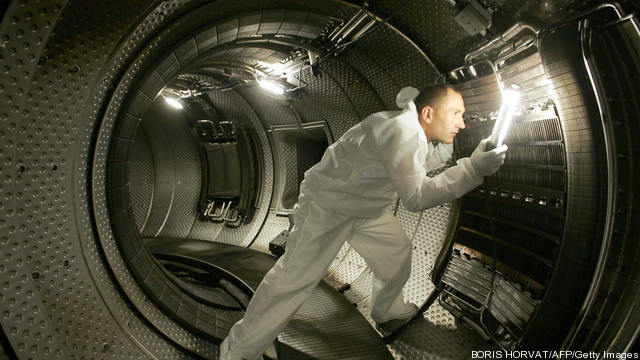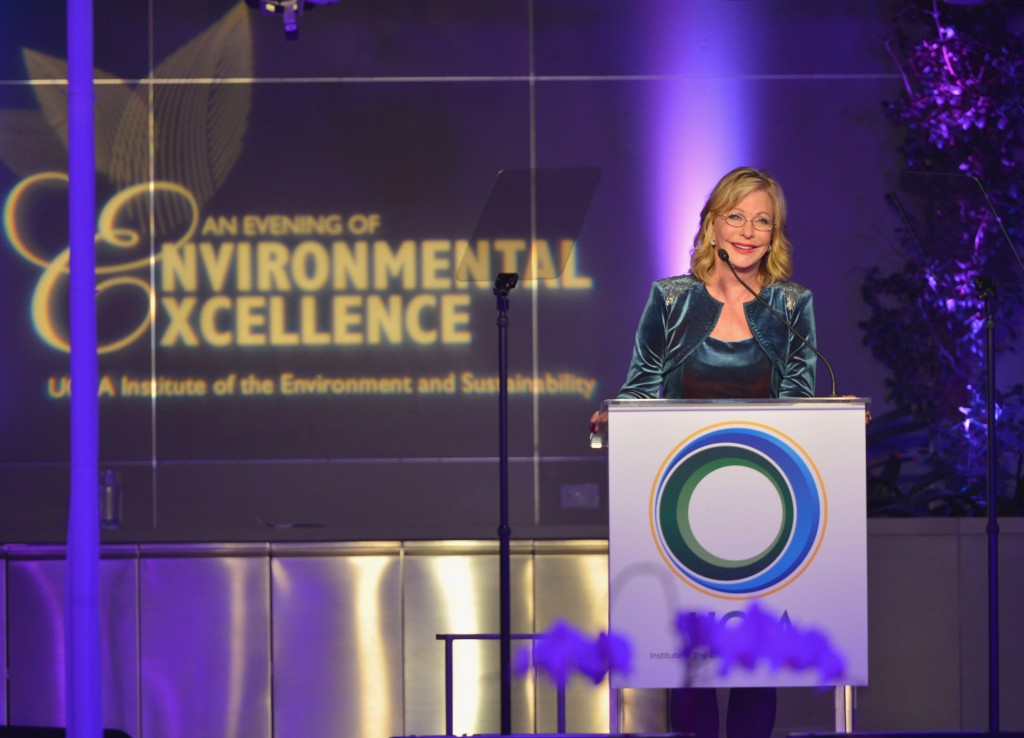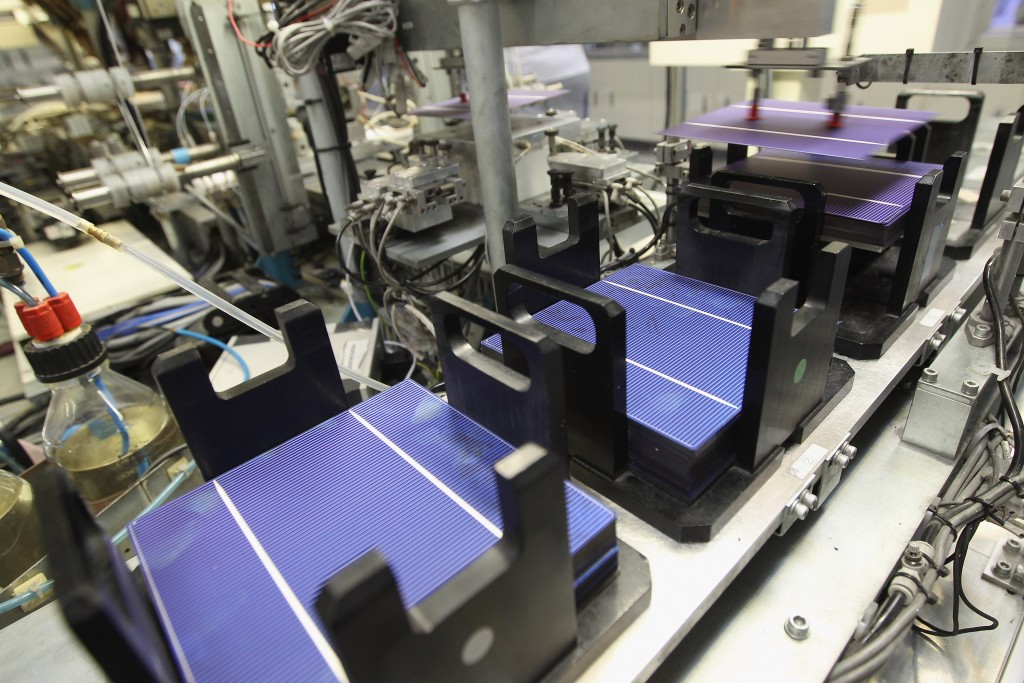The value placed on sustainable business practices and investments made in companies that embrace environmentally-friendly sustainable operating procedures has truly become de rigueur. You can’t watch TV, walk through the supermarket or read a corporate website without getting bombarded by green, carbon-neutral, organic, energy-efficient messaging. But how much of this is green-washed hype and how… Keep reading →
MIT
Sign up and get Breaking Energy news in your inbox.
We will never sell or share your information without your consent. See our privacy policy.Bypassing Congress, president outlines ambitious climate agenda Perhaps, like the rest of us, President Obama does most of his reading – and thinking – when he is away from the office on travel. Speaking in Berlin in June following the G8 summit – which may be characterized as a futile annual shindig in search of a… Keep reading →
Solar cells that convert sunlight to electricity at 1 or 2 percent efficiency don’t sound very exciting in a world where standard silicon cells produce at rates in the teens and even higher. But what if the cells were so thin and light that you could stack layers of them atop each other? That might… Keep reading →

President Obama’s nominee to lead the Department of Energy, Ernest Moniz, dealt with questions about LNG exports from both sides of the aisle during his Senate Committee on Energy and Natural Resources hearing held Tuesday April 9th.
If confirmed, which is widely expected, Moniz would be in charge of the department responsible for issuing some of the permits needed to export LNG from the US. He previously supported exports in a co-chaired 2011 MIT report entitled “The Future of Natural Gas,” which concluded “The U.S. should sustain North American energy market integration and support development of a global ‘liquid’ natural gas market with diversity of supply. A corollary is that the U.S. should not erect barriers to natural gas imports or exports.” Keep reading →

In the last 20 years, energy innovation has become a global process in terms of education, finance, technology, and markets. At the 2013 MIT Energy Conference a panel of experts discussed pros and cons of innovative energy solutions in emerging markets.
Emerging markets provide attractive opportunities for innovative energy systems. The competitive advantage of renewable over traditional energy sources is greater than in developed countries. However, socio-economic, cultural, and policy issues might interfere with the innovation process in these countries. Keep reading →

On Friday, March 1st, 2013, NRG Energy President & CEO David Crane took the stage at the MIT Energy Conference to offer the Friday Keynote Address to a packed theater.
MIT Energy Initiative Executive Director Melanie Kenderdine moderated the Friday Keynote in a one-on-one Davos-style conversational interview. In it, she asked Crane to offer his advice to the yet-to-be-named incoming Department of Energy nominee. The question timed nicely with the White House announcement on the following Monday, which put forward MIT Professor and MIT Energy Initiative Director Dr. Ernest J. Moniz as the nominee for Secretary of the DOE. Keep reading →

At a well-attended 2013 MIT Energy Conference, an expert panel explored the “big picture” questions surrounding climate change providing updated insights on pros and cons of available actions.
While Sandy has made clear the critical state of the environment – more so than 4 years worth of IPCC reports, notes Dr. Kerry Emanuel (Professor of Atmospheric Science, MIT) – international and domestic efforts to enact policies against climate change continue to stall. Keep reading →

On Saturday October 6th, the New York Times wrote an editorial that criticized the mission, effectiveness, and budget of the National Ignition Facility (NIF), an experimental laser at the Lawrence Livermore National Laboratory in Livermore, California. This editorial followed an article from the prior week noting scientific challenges in the NIF’s mission and airing division among scientists about the facility’s future.
The NIF consists of 192 lasers, each of which is among the largest and most energetic in the world. It was built between 1997 and 2009 for the purposes of conducting experiments with fusion energy. Keep reading →
Through Innovation and Investment, the U.S. Can Lead in Next-Generation Energy, Nuclear Fusion
By Nick Cunningham
The U.S. innovation system has a rich history of developing transformational technologies that usher in new eras of economic growth. The ultimate success of all energy technologies – whether coal, natural gas, oil, hydropower, nuclear, solar, or wind – has depended upon a tradition of public support during their research and development stage.
Consistent R&D support allowed new technologies to move through the stages of innovation – from basic and applied research, to prototyping, demonstration, commercialization, until they are finally market competitive. This process often takes decades, so returns are uncertain and dispersed, meanwhile, costs are certain, immediate, and focused, – so the private sector underinvests in R&D. Since the private market is not designed to address these problems, there is a clear role for smart government policy. Keep reading →




